Vincent Kompany tactical preview: A good fit for Bayern?
This article written by Pepe Salazar
Background
Kompany is influenced by Guardiola’s philosophy. His system is built around possession and positional play principles, with tactical flexibility -within those principles. Key elements to his games are possession, a structured build-up, chance creation by playing short passes and using absolute width to open up the half-spaces. The CBs have to be decent on the ball and the CDM should be a ball playing distributor who can also carry the ball forward and resist the press. His striker moves around a lot, contributing to scoring as well as assisting. Position switching is normal in his system, and lopsided formations where a fullback plays as a winger, while the other fullback tucks in to form a back three or inverts into the midfield are not unusual.
Tactics
This is a small preview of Kompany’s tactics; many of these formations were used by Tuchel (2-3-5, 3-2-5, 2-4-4), but the philosophy and intention behind these same structures is different. At the moment Kompany’s tactics are not entirely unique, he is like a mini-Pep, similar to Arteta in his first season.
In his system, the CDM is probably the most important player (good luck Pavlovic) in terms of dictating the tempo and being mostly in charge of the build up. Similarly to what we saw with Tuchel, it’s likely he’ll start matches with a nominal 4-2-3-1 formation that becomes a 4-4-2 in defense, and 3-2-5 / 2-3-5 variations in attack, but again, the philosophy behind these formations is what matters, not the formations per se.
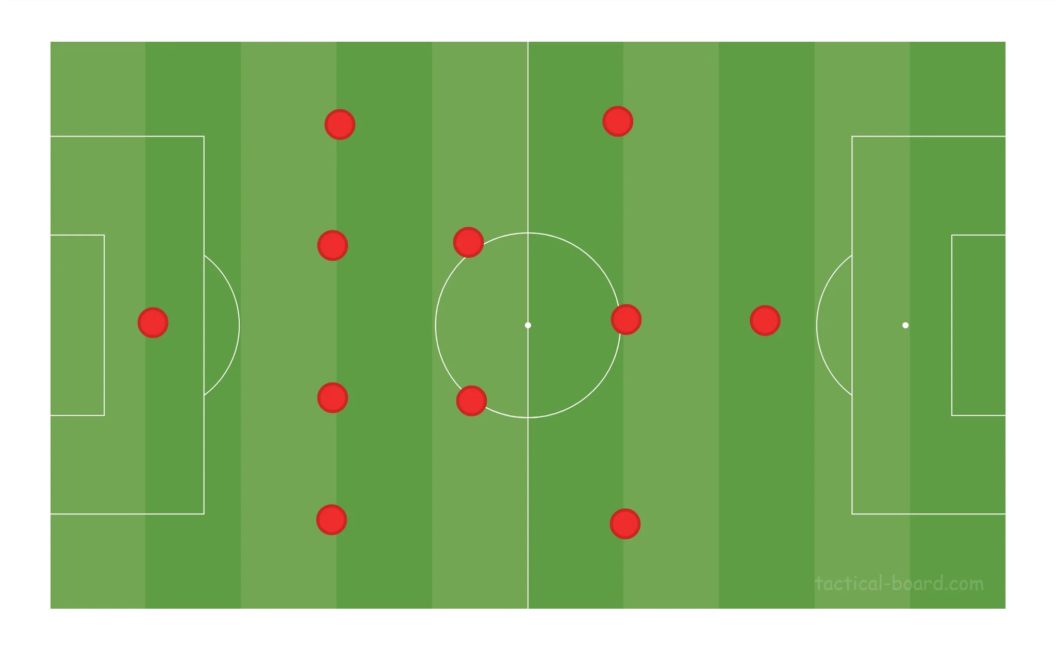
We can expect a nominal 4-2-3-1, this formation is almost irrelevant because it will change in every phase of the game, with Kompany favoring a back three in the build up and attack, and a more conventional 4-4-2 in the defensive phase.

Kompany normally uses a situational back three in the build up, where the CDM drops between the CBs while the fullbacks go very wide. The build up formation will vary depending upon the opponents’ pressing structures, and may be lopsided or asymmetrical. An attacking midfielder or striker may also drop deep like a false nine, while the wingers (or fullbacks) push high to play almost like inside forwards.
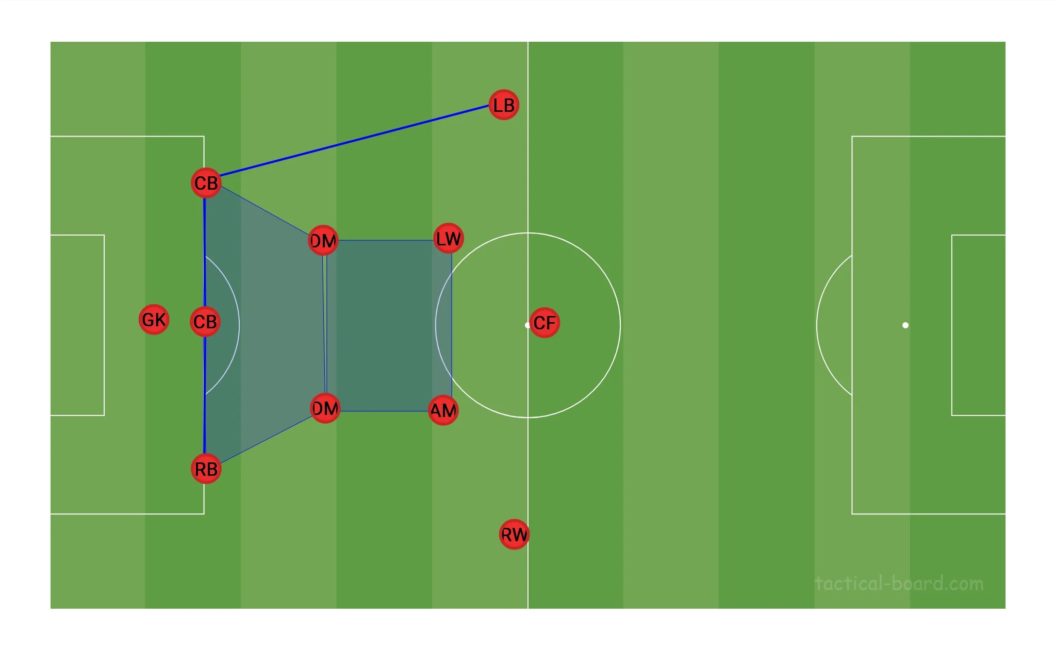
Lopsided 3-2-2-3 (3-2-5) formations are not unusual and the back three could also be formed with a fullback tucking in instead of a midfielder dropping to the back line. Fullbacks could also invert to create a box in the midfield, but it will al depend upon the circumstances. The main idea behind these structures is to create a numerical advantage in the build up, in order to carry the ball safely and prevent mistakes near the box.

After build up, and especially against low blocks, Bayern could play a 2-3-5, which the squad is already used to, where either the wingers or fullbacks provide absolute width to open up the half spaces where players like Musiala or Sané can thrive. Numerical advantages through the middle of the pitch could also help the team keep possession, but of course, these formations could expose the CB pair to counter attacks as there are huge gaps behind the back line which can easily be exploited when the ball is lost.
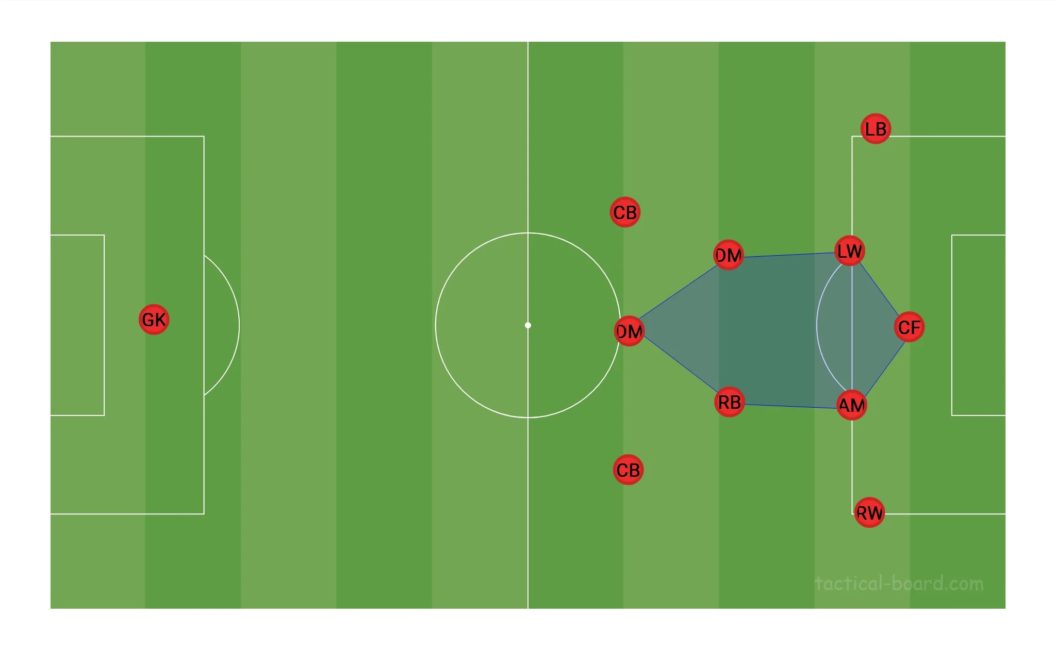
The 3-2-2-3 (or 3-2-5) may be a more balanced alternative to the 2-3-5, and has been Kompany’s go to formation in the possession and attacking phase, which is very similar to Man City’s main formation these past two seasons. Again, lopsidedness is not unusual but a more conventional approach (with wingers providing width) is also common in his system. If Davies and Kimmich continue to be the main fullbacks, this structure would not be surprising.
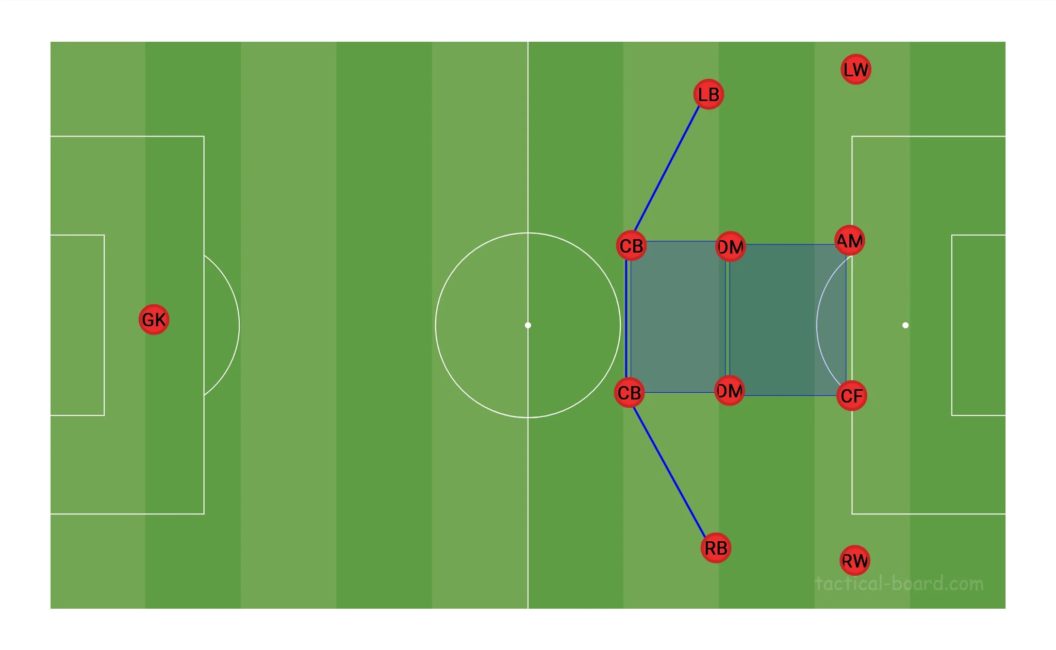
If Bayern uses two strikers or two false 9s in the attack, a 4-2-4 that inevitably becomes a 2-4-4 against low blocks is likely to be used this season. This formation is less intricate than the others, and may be useful as the team adapts to Kompany. While he is not expected to be a starter, Müller will surely get enough minutes on the pitch, and he could excel in this formation, playing next to Kane, or right behind him in a more traditional Raumdeuter role.
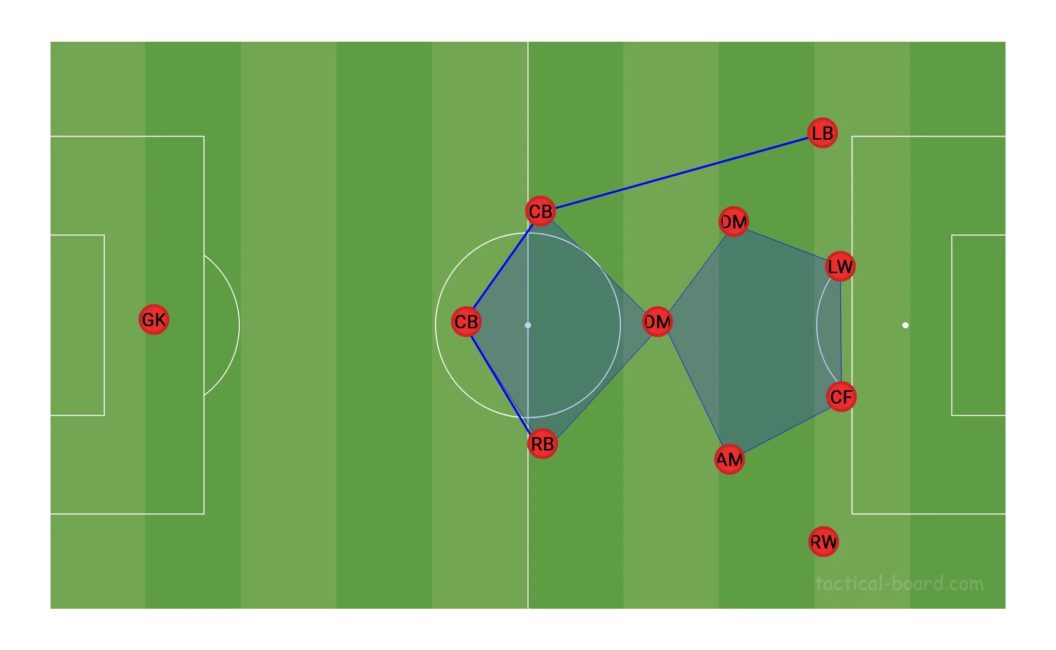
Bayern’s most risky structure could be the 3-1-4-2 / 3-1-5-1 we saw this season in the second leg against Lazio. This formation could be used against weaker teams that are not particularly fast or good on the counter, or in situations where a goal is desperately needed, but naturally, attacking with 7 players comes with the risk of exposing the back line whenever the ball is lost.
Conclusion
His Anderlecht and Burnley sides played a possession based, attacking football, which the fans liked. His approach is attacking but balanced, something Bayern desperately needs. As a person he is reported to be very commanding, but also a trustworthy man manager, who works a lot on team cohesion.
At Burnley, when his side competed against teams of a similar level, he did quite well. In his relegation season, his team was expected to face bigger challenges. Kompany tried to play the same way in the Premier League as in the Championship, and when that failed, he didn’t change his approach either.
This could be interpreted as him being committed to a philosophy, which is admirable, or, as him having problems adapting or being too stubborn, which could be problematic, but either way, it’s too soon to judge.
Regardless of Kompany’s success or failure, this season will be refreshing for the fans. He should be able to implement his tactics without much risk, but he will have to adapt. Bundesliga teams are comfortable playing against Guardiola-style clubs, and know how to wait for the mistake that allows them to counterattack and score on the break, something that happened frequently this season, with Bayern rarely keeping a clean sheet.
If Kompany manages to implement a football identity, but most importantly, to fix the issues in the build up, the defensive phase, and the midfield, he will be loved. The moment his tactics cause problems and he fails to adapt, well … we already know how that plays out.
As fans all we can do is support him and be patient; these Guardiola-influenced tactics can take more than one season to really get going, and may be tedious to watch at times.









